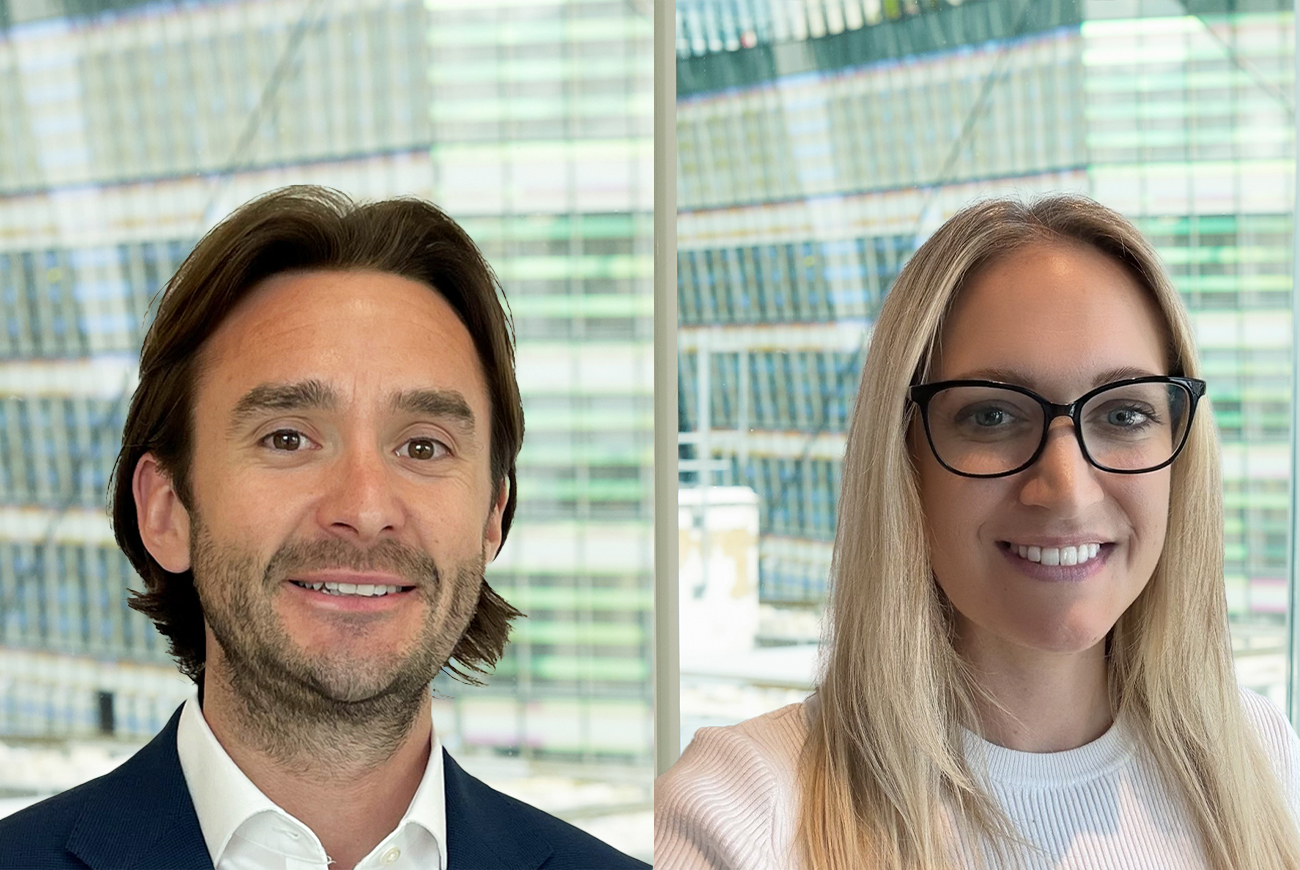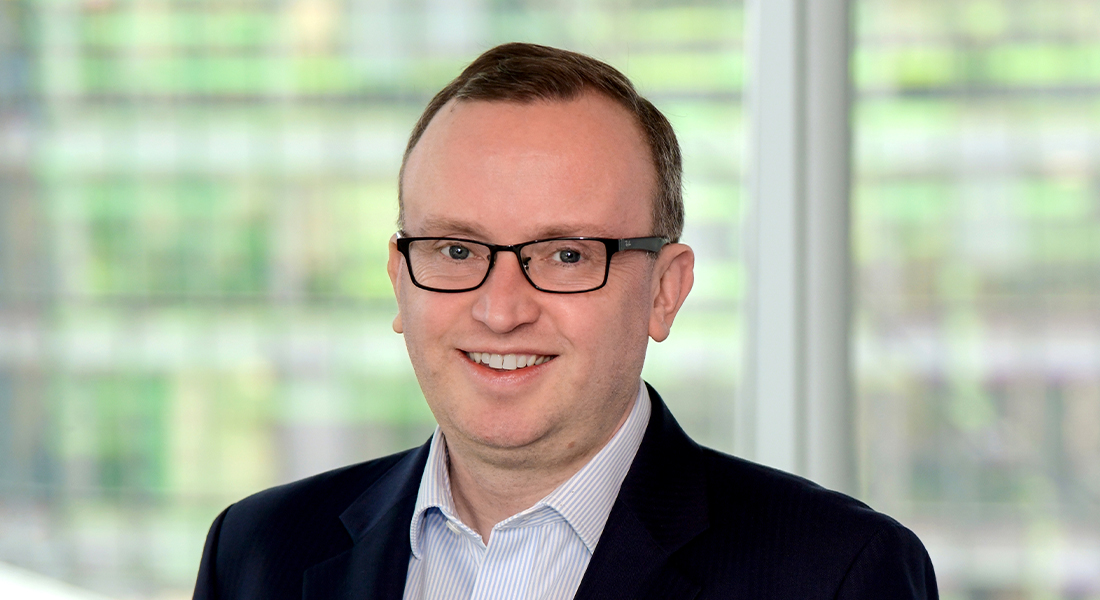Rob Cunningham, who was recently promoted to Aspen Insurance U.S. Head of Professional Liability, and Brian Satkowski, Vice President, Professional Liability, share their views on the current Architects & Engineers Professional Liability marketplace.
Describe some of the factors that have led to a hardening of the A&E PL marketplace these past few years and how that has impacted pricing and capacity?
The architect and engineers (A&E) practice policy insurance marketplace in the U.S. continues to be strong with a wide range of insurance options for professional liability (PL) available to the A&E design community.
Over the past decade, we saw a significant increase in competition, with a number of new entrants to the marketplace. One aspect of this was that is that we saw some markets significantly decrease rates and offer terms that were neither commercially viable nor sustainable to build share. As a result, several insurers’ portfolios were suffering from significantly increased losses and claims costs, causing them to leave the marketplace and, in many instances, the markets that remained responded by fundamentally changing their underwriting philosophies, as well as materially reducing capacity.
Overall, these dynamics have resulted in a hardening of the A&E PL marketplace over the past three years. However, as we move into 2024, we are, once again, seeing markets with less experienced underwriters and new entrants taking a more aggressive approach to pricing. We believe that pricing discipline is essential if the market is to deliver adequate underwriting returns over the long term.
One of biggest specific challenges right now for A&E underwriters in the project policy sector is the substantial increase in claims severity for Design/Build large infrastructure projects. The A&E Project Specific Policy market has contracted, and rates and deductibles are up significantly.
Has there been increased scrutiny due to a couple of the recent infrastructure issues that have made headlines?
There should always be increased scrutiny following any catastrophic event, particularly from those impacted by the event, either directly or indirectly.
For example, the Surfside condo collapse was a tragic event that became the catalyst for Florida legislature to pass a new bill, mandating statewide structural inspections for aging condominiums and cooperatives as a necessity. By requiring building owners and homeowners’ associations to maintain and monitor the structural integrity of their buildings in a proactive and proper manner, this legislation has been designed to ensure public safety. However, the bill also raises several challenging questions for underwriters; and we may see some markets unwilling to underwrite these exposures, while others may exclude these services from coverage.
Are supertall structures providing challenges for A&Es?
Supertall structures are becoming not only more prevalent, but narrower and more complicated, which has left many cities struggling with enforcement strategies and how to determine how to address potential safety risks and risk management concerns during construction and maintenance.
The challenges that A&Es, and constructors that A&Es face with supertall structures, includes not only achieving a visually satisfying building, but achieving structural, aerodynamic and construction feasibility.
Among the myriad of factors to consider are seismic and natural catastrophic events, dangers posed by wind loads and fire, the selection of building materials, threats posed by cranes, congestion surrounding a building site, the environmental impact and worker safety and the long-term health of the building.
Other areas of concern include proper assessment and selection of materials related to potential fire events. This is particularly relevant considering the horrific fire event at the Grenfell Tower in London in 2017 and the use of Aluminum Composite Material (ACM) cladding. Additionally, windshear also must be looked at, as well as the skin and materials of the building, to prevent potential ice buildup and water issues. Proper site selection is critical, and the construction time period must be taken into consideration when evaluating a policy, as prolonged exposures to environmental conditions could adversely affect the future quality of the infrastructure.
Another source for concern is that owners of these pricey residences have high expectations, expecting nothing less than perfection. They are typically high net worth individuals who have no hesitation entering litigation should there be issues impacting the building’s construction. And their decision to initiate claims can, and often does, extends to Architects and Engineers, which can become quite expensive and time consuming.
Are Architects & Engineers more frequently being drawn into litigation?
Yes, we have seen an increase in the frequency of claims being brought against A&Es in recent years.
“Social Inflation” represents society’s perception that corporations should pay more on claims if found liable. “Nuclear Verdicts” are verdicts that surpass verdicts that are typically awarded for a given claim and, as such, are inextricably linked to the concept of social inflation.
The increase in litigation against A&Es is borne out of many issues, however, social inflation and the proliferation of nuclear verdicts are, without question, two worrisome factors that are not only concerning to underwriters but can threaten the livelihood and financial stability of many businesses in the construction sector.
One trend with nuclear verdicts is the increase in bodily injury claims and payouts, many of which are primarily concentrated in a select number of states like California, Florida, Illinois, New York and Pennsylvania. Another trend, which includes punitive damages, involves claims brought against structural, geotechnical, and mechanical engineers on infrastructure projects.
The trending with nuclear verdicts seems aligned with changes in the engineering and construction industry such as the increase of project complexity, increased costs, fast-track, Design-Build delivery, improper selection of parties to work with on a project, inflation affecting material prices and producing contract disputes, labor shortages that influence timeline disputes, instability of supply chain, lack of due diligence in evaluating a client’s financial capacity to fund a project and failing to negotiate appropriate contract terms.
Separately, changes in case law expanding liability for A&Es has resulted in increased litigation. A&Es had long been shielded from liability from third parties unrelated to contracts by the common law requirement of privity of contract. In recent years, courts in Arizona, California, Florida and Louisiana, to name a few, have started to erode this projection by relying on alternative theories of liability to permit claims by unrelated third parties, resulting in more lawsuits being brought against A&E’s.
Due to the construction boom, has there been shortages reported of skilled labor and has this affected Architects & Engineers?
With a strong construction economy that continued through the pandemic, A&Es have experienced a sharp increase in business and a shortage of qualified and experienced employees. Many firms experienced younger to mid-level professionals jumping from firms and sometimes as frequently as twice in a 12-month period. This creates a disruption in workflow, overworked employees and requires a learning curve period for replacement employees. It can also make the firm vulnerable to claims for delays, missed deadlines or unintended mistakes.
Is there increased scrutiny on contract language?
Contract language is always critically important. Our concern is that with municipalities and more Design-Build, A&Es have less control of contract language, resulting in more risk being allocated to A&Es. With staff shortages, firms are paying less attention to contracts and the result is increased difficulty in defending cases due to poor contract wordings. Through poor contracting, A&Es could take on risk that is not covered by a PL policy.
Do you see terms & conditions changing?
Terms and conditions have not changed dramatically. We have seen the market attempting to increase deductibles but, overall, policies have not changed significantly.
Aspen is a stable and strong insurance provider for a variety of Professional Liability Products to Design Professionals. We offer customized solutions for complex A&E PL insurance issues to our policyholders through innovative products that respond and adapt to an ever-evolving industry, environment, and society. We take pride in being a valuable resource to our broker partners and policyholders.



